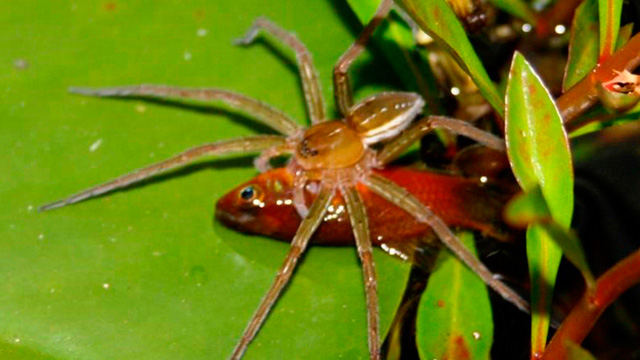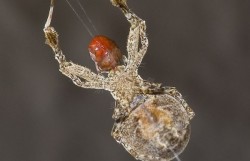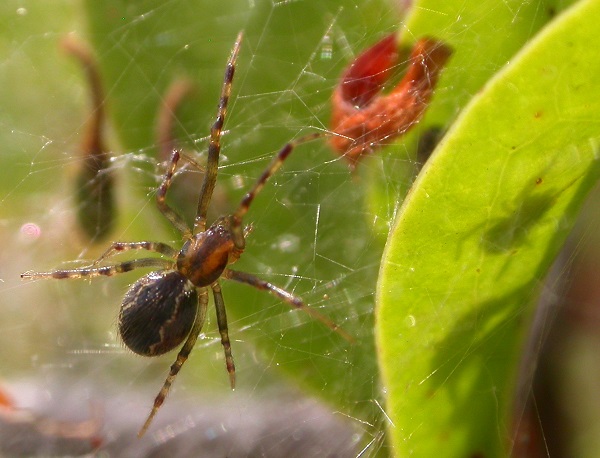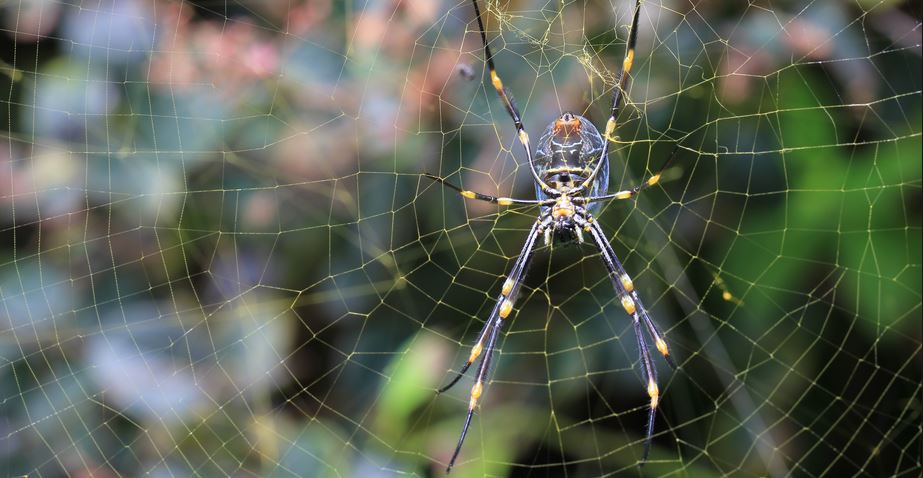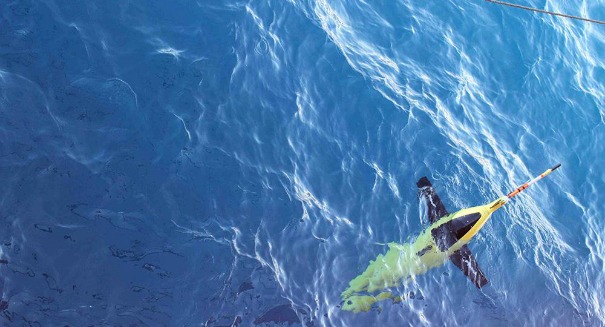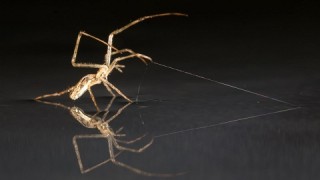
Common spiders can use their legs and silk to sail across stretches of water, according to new research published in the journal BMC Evolutionary Biology. The study reveals how spiders can quickly traverse large regions of water, helping them move on and quickly colonize other regions.
Prior research has shown that spiders use a technique called “ballooning” to transport themselves through air. In doing so, the arachnids can create a sort of silk-made parachute that allows them to move several dozen kilometers each day.
Unfortunately, this method doesn’t provide the spider with much control over their direction of movement. It could also lead to the spider dropping from the skies, plummeting into water.
Lead author Morito Hayashi, of the Natural History Museum in London, questioned how evolution could “… allow such risky behavior to be maintained.”
The answer is simple: spiders have unique adaptations that allow them to move across the water’s surface, mitigating the risks of ballooning. “We’ve now found that spiders actively adopt postures that allow them to use the wind direction to control their journey on water. They even drop silk and stop on the water surface when they want,” explained Hayashi.
As part of their experiment, team members used over 300 spiders from 21 common species. The critters were collected from nature reserves in the East Midland county of Nottinghamshire. The reactions of the spiders were analyzed, after they were placed on trays of water, over which air was pumped.
In response to the air, many spiders contorted their positions to take advantage of the oncoming currents. They would, for example, lift a pair of legs to catch some of the wind, emulating the function of a sail. By releasing deposits of silk over the water’s surface, the scientists think the insects were effectively “dropping anchor” to reduce their speed.
The spiders most adept at airborne ballooning also proved to be more competent at navigating across water. The researchers don’t think the association between the two strategies is a coincidence; it’s likely the ballooning spiders needed to be good “sailors,” in order to survive accidental landings in regions of water.
“If landing on water poses no problem then in a week or two they could be a long way away from where they started,” explained University of Nottingham researcher and study co-author Sara Goodacre.
The study, entitled Sail or sink: novel behavioural adaptations on water in aerially dispersing species, was published in the July 3 issue of the journal BMC Evolutionary Biology.
Top image credit: Alex Hyde

